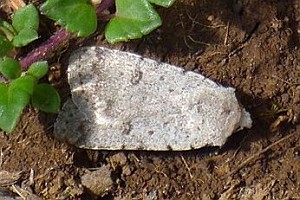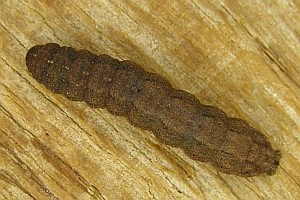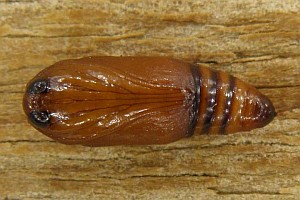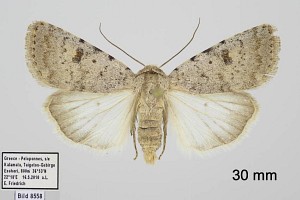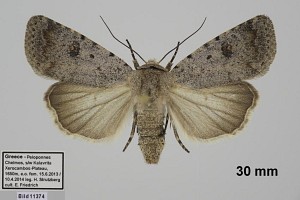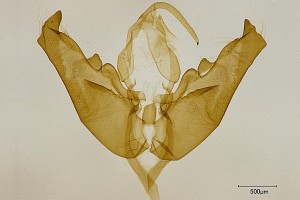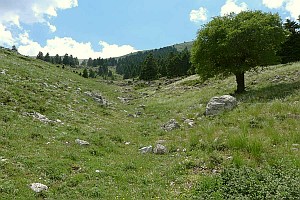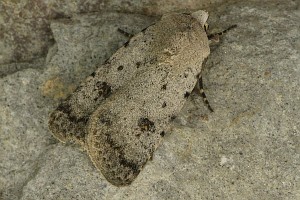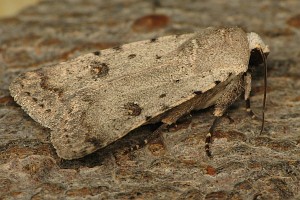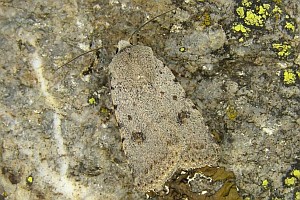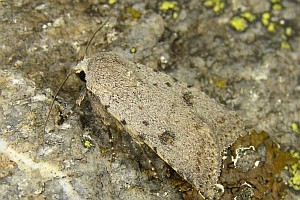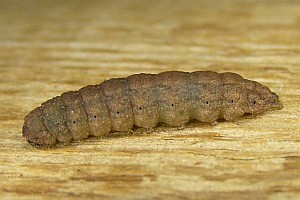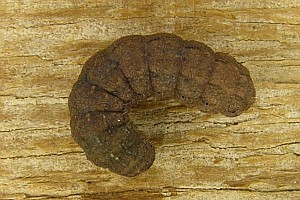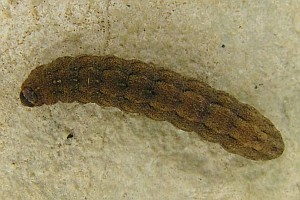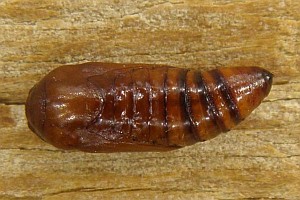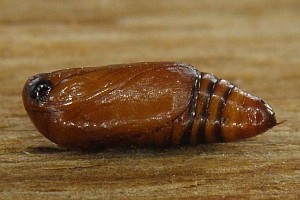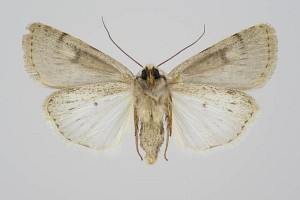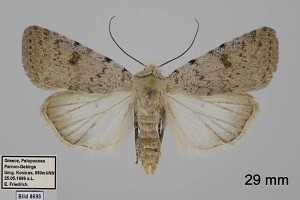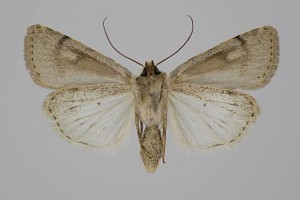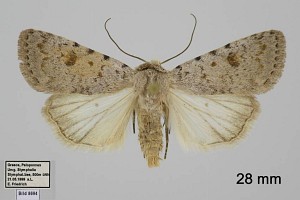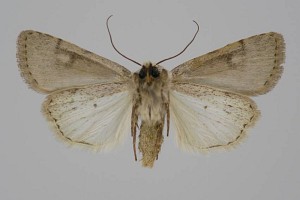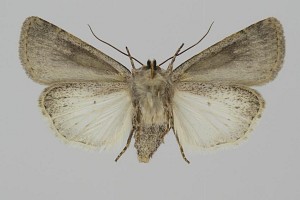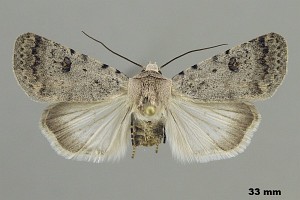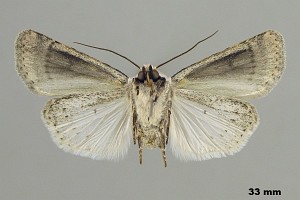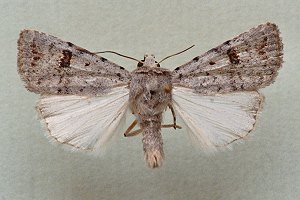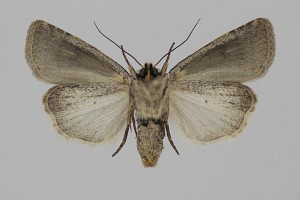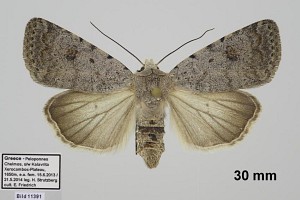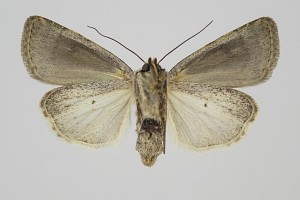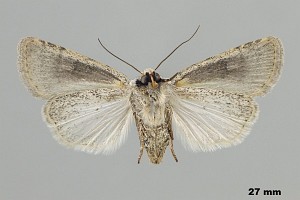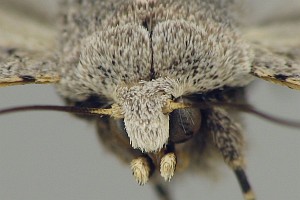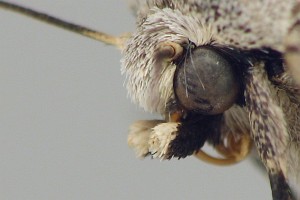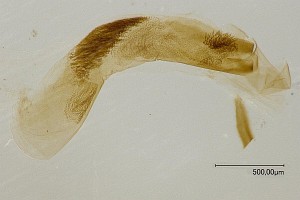Inhalt
1. Lebendfotos
1.1. Falter
1: ♀ (Muttertier der dokumentierten Nachzucht), Griechenland, Peloponnes, Achaia, Umg. Kalavryta, Chelmos, ca. 1650 m, 15. Juni 2013, Tagfund (leg. & Freilandfoto: Hartmuth Strutzberg), conf. Egbert FriedrichForum
2-3: Griechenland, Peloponnes, Achaia, Umg. Kalavryta, Chelmos, ca. 1650 m, leg. Muttertier 15. Juni 2013, Falter aus 1. Nachzucht (leg. & Freilandfoto: Hartmuth Strutzberg), conf. Egbert FriedrichForum
4-5: Griechenland, Peloponnes, Achaia, Umg. Kalavryta, Chelmos, ca. 1650 m, leg. Muttertier 15. Juni 2013, ♂ aus 1. Nachzucht (leg. & Freilandfoto: Hartmuth Strutzberg), conf. Egbert FriedrichForum
1.2. Raupe
1-5: Griechenland, Peloponnes, Achaia, Umg. Kalavryta, Chelmos, ca. 1650 m, Zucht ex ovo, ♀ 15. Juni 2013, Tagfund, leg. Hartmuth Strutzberg (cult., det. & Fotos: Egbert Friedrich)Forum
1.3. Puppe
1-3: Griechenland, Peloponnes, Achaia, Umg. Kalavryta, Chelmos, ca. 1650 m, Zucht ex ovo, ♀ 15. Juni 2013, Tagfund, leg. Hartmuth Strutzberg (cult., det. & Fotos: Egbert Friedrich)Forum
2. Diagnose
2.1. Männchen
1-8: vier ♂♂, Daten siehe Etikett (coll. & Fotos: Egbert Friedrich)
9-10: Griechenland, Peloponnes, Achaia, Umg. Kalavryta, Chelmos, ca. 1650 m, leg. Muttertier 15. Juni 2013, ♂ aus 1. Nachzucht (leg. & Freilandfoto: Hartmuth Strutzberg), conf. Egbert FriedrichForum
11: ♂, Griechenland, Beotia, Parnassos-Gebirgsmassiv, Arahova, 1050 m, extrem xero-thermophile Felsmacchiegesellschaften, 2. Juni 2001 (leg., det. & fot.: Maurits De Vrieze)
2.2. Weibchen
1-4: zwei ♀♀, Daten siehe Etikett (coll. & Fotos: Egbert Friedrich)
5-8: Griechenland, Peloponnes, Achaia, Umg. Kalavryta, Chelmos, ca. 1650 m, leg. Muttertier 15. Juni 2013, ♀ aus 1. Nachzucht (leg. & Freilandfoto: Hartmuth Strutzberg), conf. Egbert FriedrichForum
2.3. Genitalien
2.3.1. Männchen
1-2: Griechenland, Peloponnes, Achaia, Umg. Kalavryta, Chelmos, ca. 1650 m, leg. Muttertier 15. Juni 2013, ♂ aus 1. Nachzucht (leg. & fot.: Hartmuth Strutzberg), conf. Egbert FriedrichForum
3. Biologie
3.1. Habitat
1: Fundort des ♀ (s. Zucht oben) etwa auf halber Höhe in dieser Rinne, Griechenland, Peloponnes, Achaia, Umg. Kalavryta, Chelmos, ca. 1650 m, 15. Juni 2013 (Foto: Hartmuth Strutzberg)Forum
4. Weitere Informationen
4.1. Etymologie (Namenserklärung)
Die Art ist nach ihrem locus typicus, Sušanj bei Karlobag in Kroatien, benannt.
4.2. Andere Kombinationen
- Paradrina suscianja Mentzer, 1981 [Originalkombination]
4.3. Unterarten
- Caradrina suscianja cilicia (Hacker, 1992)
4.4. Typenmaterial
von Mentzer (1981: 403): “Holotype ♂, Yugoslavia, Croatia: Sušanj 22.V.1979. — Paratypes: 1 ♀, same locality and date; 2 ♀, Yugoslavia, Macedonia: Debar 15.VI.1979. All types leg. and in coll. E. v. Mentzer.”
4.5. Literatur
- Beshkov, S., Grassi, A. & A. Zilli (2004): Caradrina (Paradrina) suscianja (von Mentzer) in Central Italy (Lepidoptera: Noctuidae). — Esperiana 10: 691-692.
- Erstbeschreibung: Mentzer, E. von (1981): Paradrina suscianja n.sp. (Lepidoptera: Noctuidae). — Entomologica scandinavica 12 (4): 403-404.




![Vorkommen in Italien (Festland und kleine festlandsnahe Inseln) [Parenzan & Porcelli (2007): I Macrolepidotteri Italiani]](/res/img/flag/it.gif)
![Vorkommen in Kroatien [Locus typicus]](/res/img/flag/hr.gif)
![Vorkommen in Serbien [Jakšić (2021): XXVI Noctuoidea]](/res/img/flag/rs.gif)
![Vorkommen in Nordmazedonien [Paratypen]](/res/img/flag/mk.gif)
![Vorkommen in Albanien [Beshkov, Plant & Nahirnić (2020)]](/res/img/flag/al.gif)
![Vorkommen in Bulgarien [Beshkov (2000)]](/res/img/flag/bg.gif)
![Vorkommen in Griechenland (Festland und festlandsnahe Inseln) [Hacker H. (1989): Die Noctuidae Griechenlands]](/res/img/flag/gr.png)
![Vorkommen im asiatischen Teil der Türkei [Koçak & Kemal (2018)]](/res/img/flag/tr.gif)
